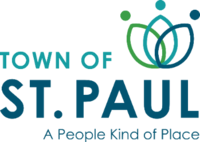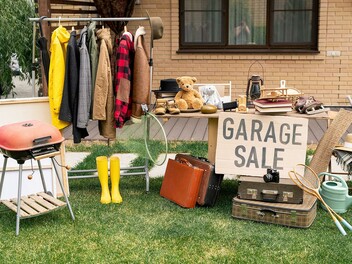
Community Peace Officer
Welcome to the Town of St. Paul's Municipal Enforcement and Community Peace Officer section of our website!
Here you will find a variety of information geared towards your safety, your family's well being and the safety of those around you. This knowledge will help answer questions you may have and are preventative measures.
Community Peace Officers perform a range of duties at the community level. Their duties vary in nature and scope depending on the unique needs and priorities of the communities they serve. These can include traffic enforcement, enforcement of other provincial statutes, enforcing and education of municipal bylaws, public education programs, presentations in schools, or other roles that are administrative in nature. They enhance the work of Police Officers performing various roles that assist in maintaining the peace. The Peace Officers are duly appointed as Community Peace Officers under the Peace Officer Act and as Bylaw Enforcement Officers under the Municipal Government Act.
Municipal Enforcement Services provides expert and professional enforcement services in various fields within the Town of St. Paul. Enforcement goals are met with integrity, impartiality, and professionalism. Peace Officer (s) focus on traffic enforcement, general bylaw enforcement, including unsightly premises, business licenses, animal control and various other tasks.
Officers maintain excellent customer service with a well trained professional staff. We also work in an integrated and cooperative law enforcement services with other enforcement agencies to provide the best possible law enforcement outcomes for our community.
The Town of St. Paul currently employs one Community Peace Officer.
Complaints or Inquiries:
5101-50 Street
PO Box 1480
St. Paul, Alberta T0A 3A0
Tel: 780-645-4522
Fax: 780-645-5308
peaceofficer@town.stpaul.ab.ca












